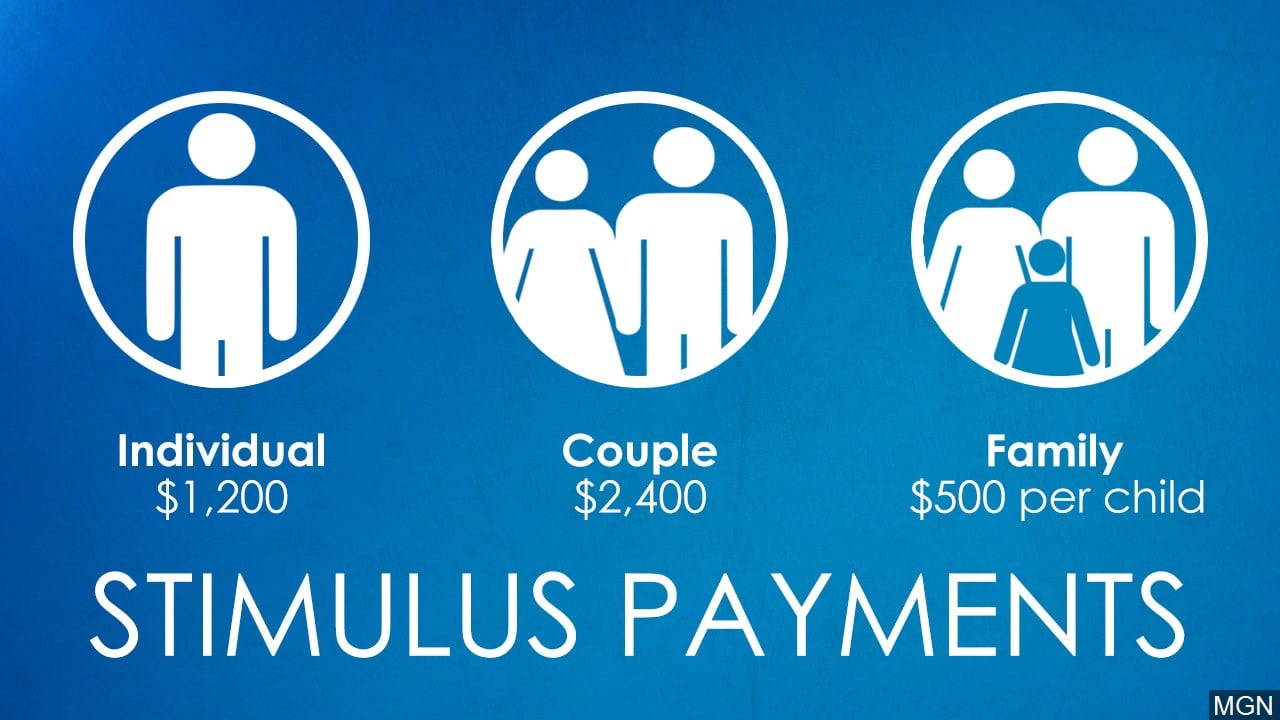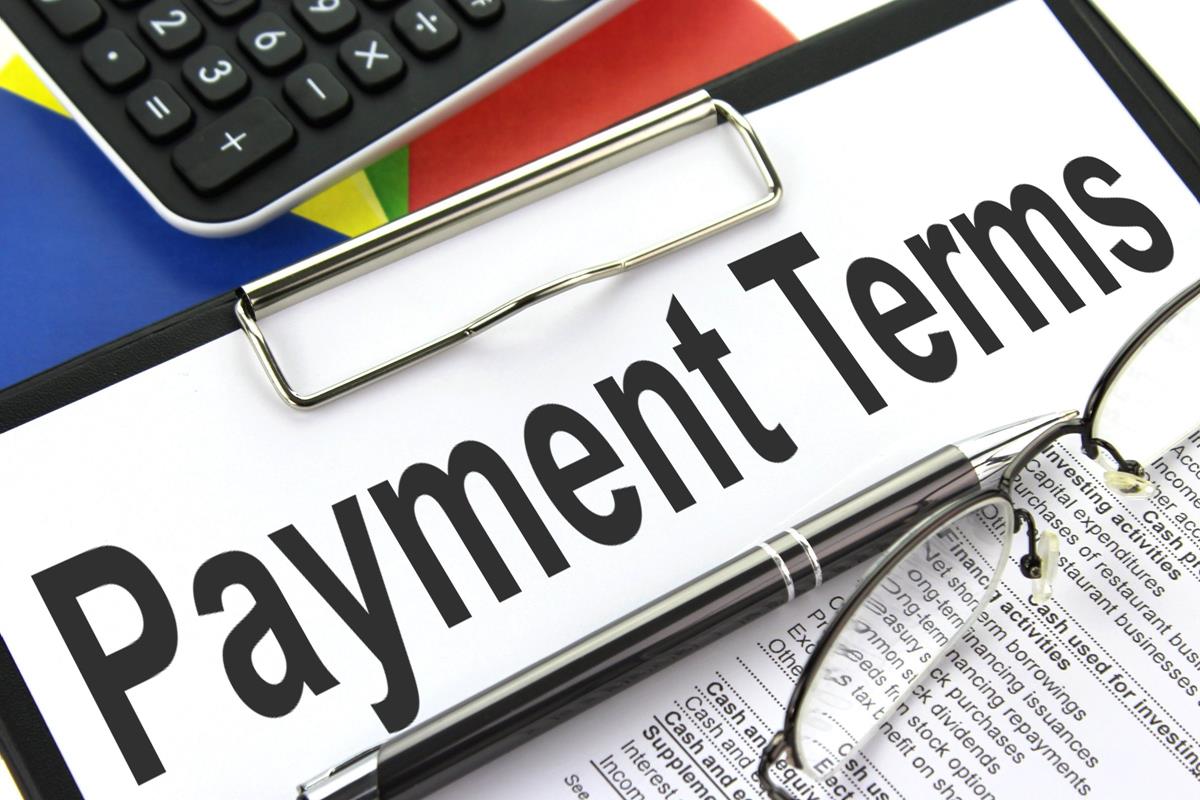In 2025, the United States government is taking significant steps to provide financial relief to struggling families through a new initiative known as “Direct Deposit Relief.” This program, which includes a $1390 payment from the IRS, aims to ease the burden of rising living costs and inflation. As more Americans face economic challenges, this form of assistance is becoming increasingly vital.
Understanding the $1390 Direct Deposit Relief Payment

The IRS has announced that eligible taxpayers will receive a $1390 direct deposit relief payment starting early October 2025. This initiative is designed to help individuals cover essential expenses such as food, rent, and utilities. Unlike previous relief efforts that often involved paper checks, this program prioritizes direct deposits, ensuring faster and more secure delivery of funds.
The $1390 payment is part of a broader strategy to address the economic impact of inflation and rising living costs. The IRS aims to streamline the process so that money reaches those in need more efficiently. For many, this relief could mean the difference between meeting basic needs and falling behind on bills.
Eligibility Criteria for the $1390 Direct Deposit Relief Payment

To qualify for the $1390 direct deposit relief payment, individuals must meet specific income criteria based on their 2024 federal tax returns. Here are the key eligibility details:
- Single Filers: AGI must not exceed $75,000.
- Married Couples (Joint Filers): Combined AGI should be $150,000 or below.
- Heads of Household: Eligible if AGI is up to $112,500.
- Seniors & Veterans: Automatically qualified if receiving Social Security, SSI, or VA benefits.
- Dependents: Families can get extra payment for each dependent.
Those who qualify based on income will receive the full $1,390, with better-off families eligible for a lesser amount. Payments are also automatically transferred to Social Security, SSI, VA benefits, and Railroad Retirement Board (RRB) benefits recipients—these people don’t even need to apply.
Payment Schedule and Distribution Methods
The IRS has outlined a detailed schedule for the distribution of the $1390 direct deposit relief payment. Payments will begin in early October 2025, with different methods of delivery:
- Direct Deposit: October 3 – October 10, 2025
- Paper Checks: October 15 – October 25, 2025
- Prepaid Debit Cards: October 20 – October 30, 2025
Those who have provided direct deposit information to the IRS will likely receive their money in the first week of October. Those seeking paper checks or debit cards should anticipate a slightly longer wait based on postal timetables and verification procedures.
The IRS will also launch an updated “Get My Payment” portal by September 30, 2025, allowing taxpayers to track payment dates, update banking information, and check eligibility status.
How to Verify or Claim Your $1390 Payment

Qualified taxpayers in most cases will not have to do anything further. However, the IRS recommends that they simply make sure that all information on file is current in order to prevent delays in processing. People should:
- Double check that their bank account details with the IRS are current.
- Submit any previously unfiled 2024 tax returns as soon as possible to be eligible.
- Check and update dependent data for accurate payment amounts.
- Use the IRS’s Get My Payment tool to check the status when live.
Non-filers who receive their benefits on Social Security, SSI, VA, or RRB will get their payment automatically to the same account their monthly benefits are deposited into.
Why This Payment Is Timely
The relief program comes as inflation continues to eat away at purchasing power across the country. From grocery costs to healthcare expenses, families are paying more while bringing home relatively less in real terms. The $1390 Direct Deposit Relief payment will assist millions in covering essential costs and regaining some financial security.
- Seniors can utilize the money to cover medical bills or prescription costs.
- Working families can pay rent, childcare, or outstanding utility bills.
- Low-income families are able to use it to pay for debt or purchase essentials.
Observe that the payment is not subject to taxation and will not reduce or be deductible from future government assistance.
How the $1390 Direct Deposit Relief Payment Boosts the Economy

Economists estimate that the ripple effect of this initiative could help stimulate local economies through increased short-term consumer spending. When Americans use their relief funds to purchase goods and services, it places liquidity in the hands of small businesses, maintains individuals on the payroll, and prevents further debt spirals.
The IRS’s focus on a digital-first delivery system is an important improvement over previous stimulus programs, delivering faster payments, reduced fraud risk, and greater transparency. Overall, the $1,390 relief check is more than an economic safety net—it’s a tactical step to bolster family budgets and fuel economic growth across the country.
FAQs on the $1390 Direct Deposit Relief Payment
Q: Will the $1390 payment be taxed?
A: No, the payment is not subject to taxation and will not reduce or be deductible from future government assistance.
Q: Can I receive the payment if I didn’t file taxes in 2024?
A: Non-filers who receive their benefits on Social Security, SSI, VA, or RRB will get their payment automatically to the same account their monthly benefits are deposited into.
Q: How can I check my payment status?
A: The IRS will launch an updated “Get My Payment” portal by September 30, 2025, allowing taxpayers to track payment dates, update banking information, and check eligibility status.
Conclusion
The $1390 direct deposit relief payment is a critical initiative aimed at providing financial support to eligible Americans in 2025. With rising living costs and inflation affecting households across the country, this relief measure offers much-needed assistance to those in need. By prioritizing direct deposits and streamlining the process, the IRS is ensuring that funds reach recipients quickly and securely.
As the economy continues to evolve, it’s essential for taxpayers to stay informed about their eligibility and the various ways to track and claim their payments. By understanding the details of the $1390 direct deposit relief payment, individuals can better manage their finances and navigate the challenges of the current economic landscape.
Stay updated with the latest news on direct deposit relief and other important developments in the U.S. economy.










More Stories
US Trending News: Affiliate Secrets Review
US Trending News: Understanding Alameda County Property Tax
Understanding Alameda Property Tax: A Complete Guide for Homeowners